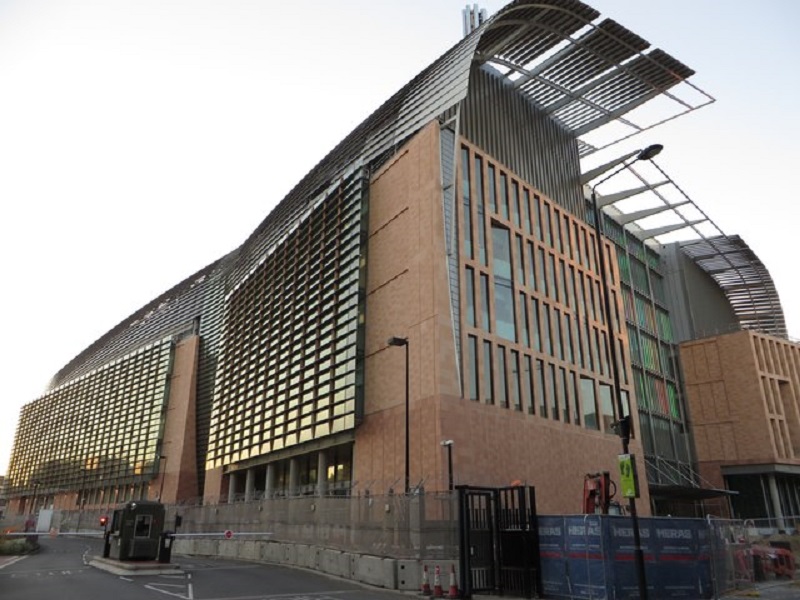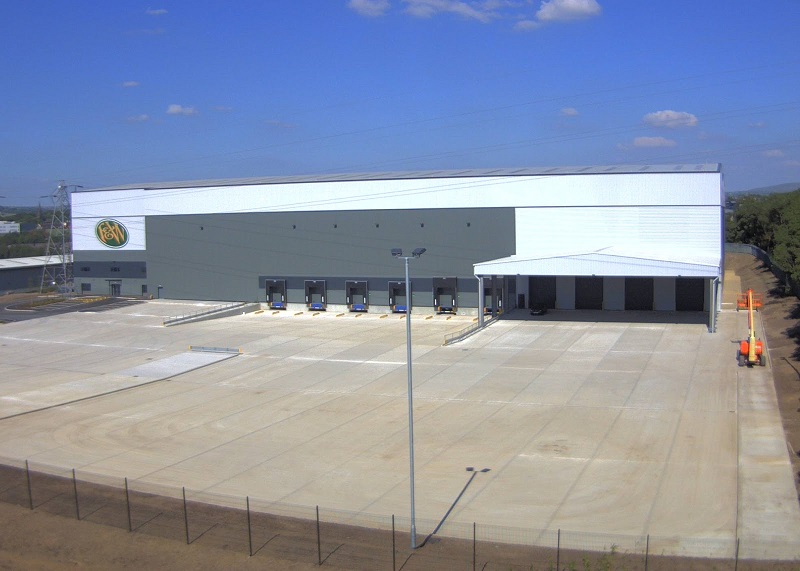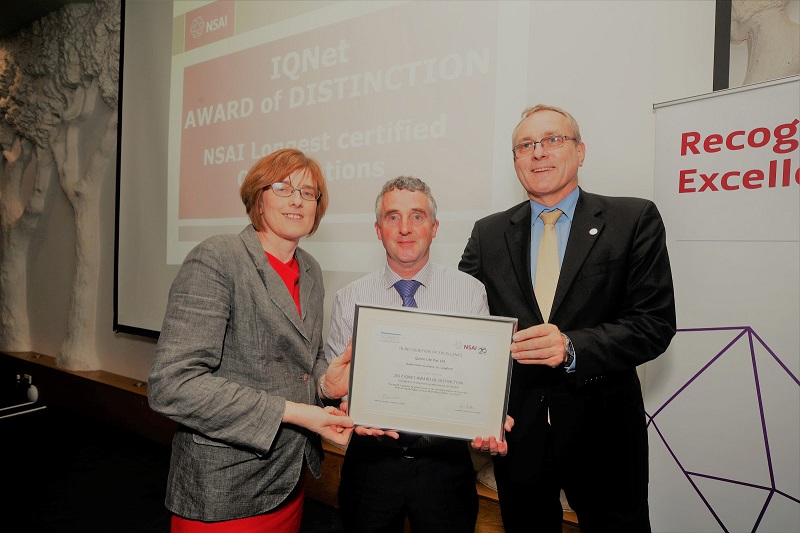The Francis Crick Institute was opened in London in 2016. The Institute conducts biomedical research in order to try and understand fundamental biology and health and disease. The Francis Crick Institute work towards trying to discover why diseases develop. Trying to work out why could lead to breakthroughs and developments for diagnosis and treatment. The research that is carried out by this institute and others like it could lead to developments in the identification and treatment of diseases like cancer, heart disease, stroke and infections.
The biomedical research institution was first created in 2015, a year before they moved into the state of the art facility in London. The Francis Crick facility has recently been awarded with the BREEAM Excellence certification. The centre is known for being at the forefront of science as it is the home of one of the largest single laboratories used for biomedical purposes in Europe, therefore having the building meet incredibly high environmentally friendly building standards reflects the forward thinking purposes of the building.
The Crink facility has the capacity for 1,500 staff which includes around 1,250 scientists. AECOM has also worked on the project in order to deliver the BREEAM services. The infrastructure service business also worked as part of the project in order to carry out the Environment Impact Assessment. AECOM was working as part of the project from the design stage, and has been working with the building’s clients in order to create a BREEAM Assessment that is tailored for the building. The infrastructure services business also carried out assessments into the air quality, noise, ecological and ground conditions amongst a number of other factors that led to the Francis Crick Institute being awarded with the coveted Excellence certificate.
The facility has an energy strategy in place that has been created in order to comply with the energy hierarchy that has been set by the Mayor of London, which includes Combined Heat and Power Plant as well as the installation of 800 bespoke solar panels that are situated on the south side of the building and are able to generate approximately 200,000 kWh each year. The building also has low flow water fixtures installed and presence detectors that will work to reduce the amount of potable water used.





